China recently conducted a successful test of a parachute-assisted landing system for its rocket boosters. The aim was to prevent uncontrolled re-entries into Earth’s atmosphere. The test involved a Long March 3B rocket launched on May 17, which descended back to Earth on June 9 with the assistance of the parachute system. The development of this technology is a response to global concerns over uncontrolled re-entries of China’s largest rocket, the Long March 5B.
The parachute system, developed by the China Academy of Launch Vehicle Technology, guided the rocket booster to a predetermined landing zone, significantly reducing the potential landing area by 80%. By narrowing down the landing range, the system helps ensure that falling rocket boosters do not pose a risk to populated regions.
The test paves the way for Chinese space technology to improve the safety and reliability of China’s rocket launches. It addresses the need for controlled and predictable re-entries to minimize the risk of damage and protect human lives. Furthermore, the parachute-assisted landing enables the boosters to be recovered and potentially reused in future missions, contributing to cost-effectiveness and sustainability in space exploration.
The specific location of the rocket booster’s landing during the test was not disclosed. The parachute system has been designed to significantly reduce the landing area for China’s Long March rocket boosters. Reports suggest that the system reduces the landing range from 55 miles to 18 miles. It utilizes a combination of parachutes and gliding control systems installed on the side boosters of Long March 3B, 3C, and 2F rockets.
Similar Post
China’s previous experiences with uncontrolled re-entries have raised concerns globally. Instances of falling rocket debris from the Long March 5B have led to the closure of airspace and potential risks to populated areas. In response to such incidents, NASA Administrator Bill Nelson emphasized the importance of sharing trajectory information among spacefaring nations to predict potential debris impact risks accurately. Open collaboration and responsible practices are vital to ensuring the safety of people on Earth and the responsible use of space.
Although the successful parachute test demonstrates promising progress, it remains uncertain when China will implement the system in all its rockets. The parachute-assisted landings, coupled with other landing enhancements like cushioning, offer a safer and more environmentally friendly approach. By developing reliable re-entry mechanisms, the space industry can continue to expand while mitigating risks and ensuring the well-being of individuals and communities on the ground.
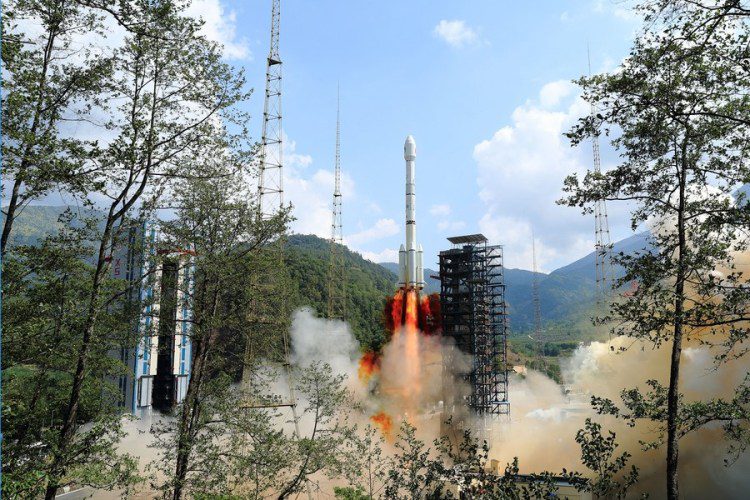



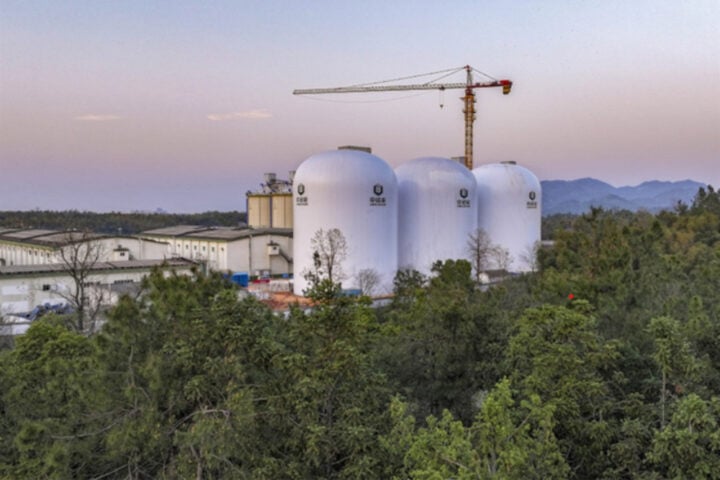


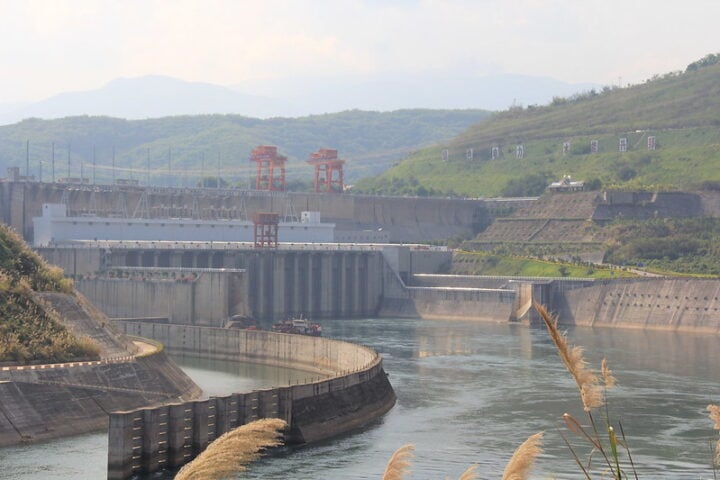


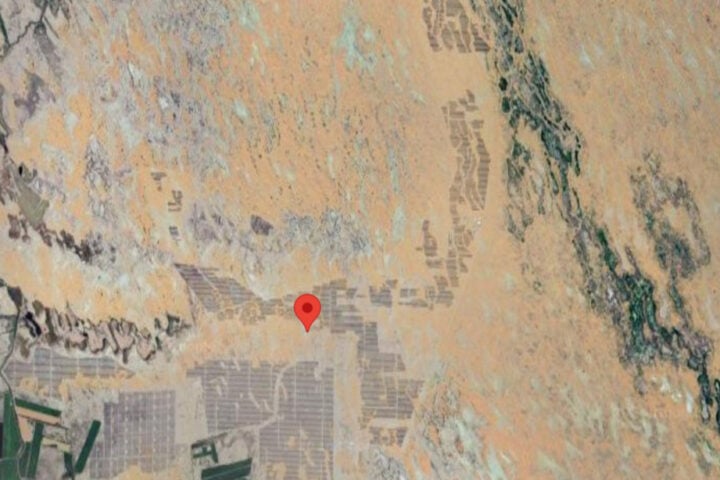
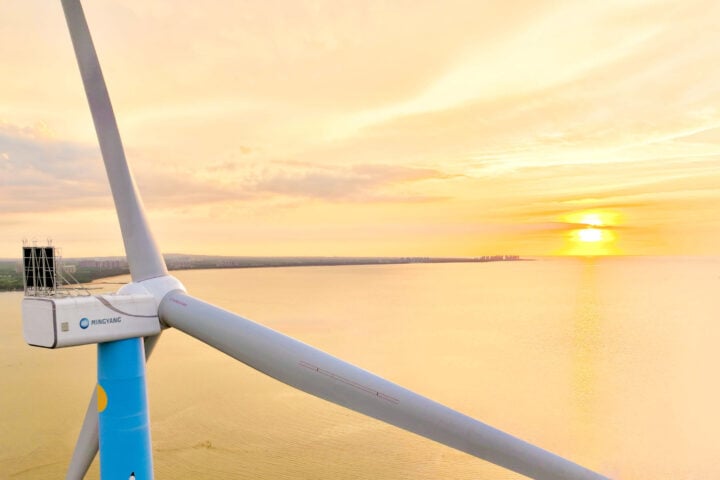
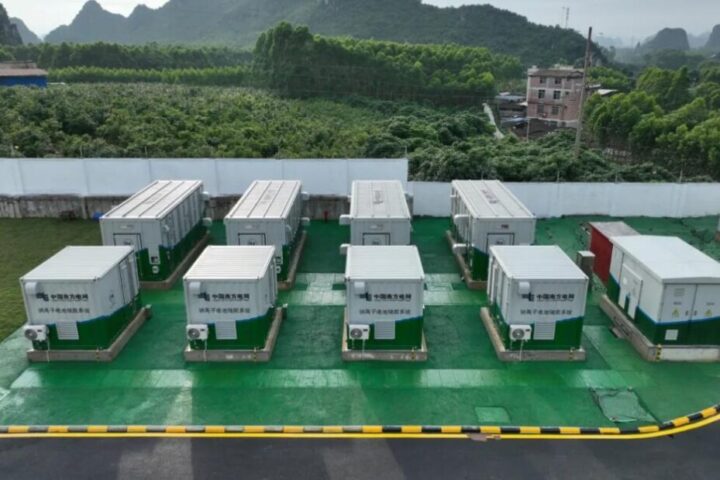
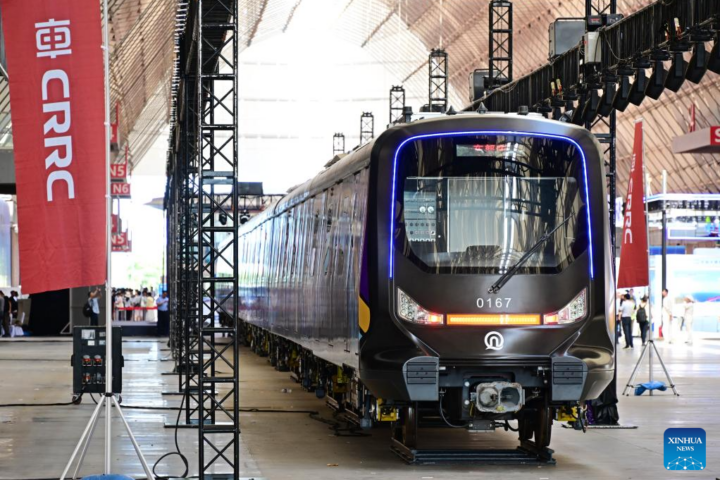
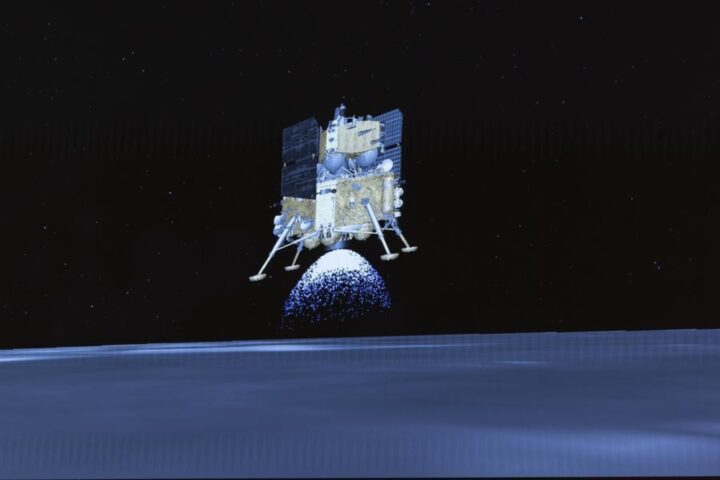

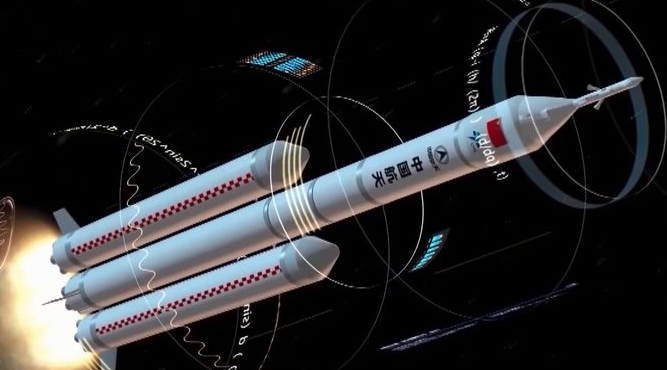
![This image taken from video animation at Beijing Aerospace Control Center (BACC) on June 2, 2024 shows the lander-ascender combination of Chang'e-6 probe landing on the far side of the moon. [Photo/Xinhua]](https://www.karmactive.com/wp-content/uploads/2024/06/spp.jpeg)
